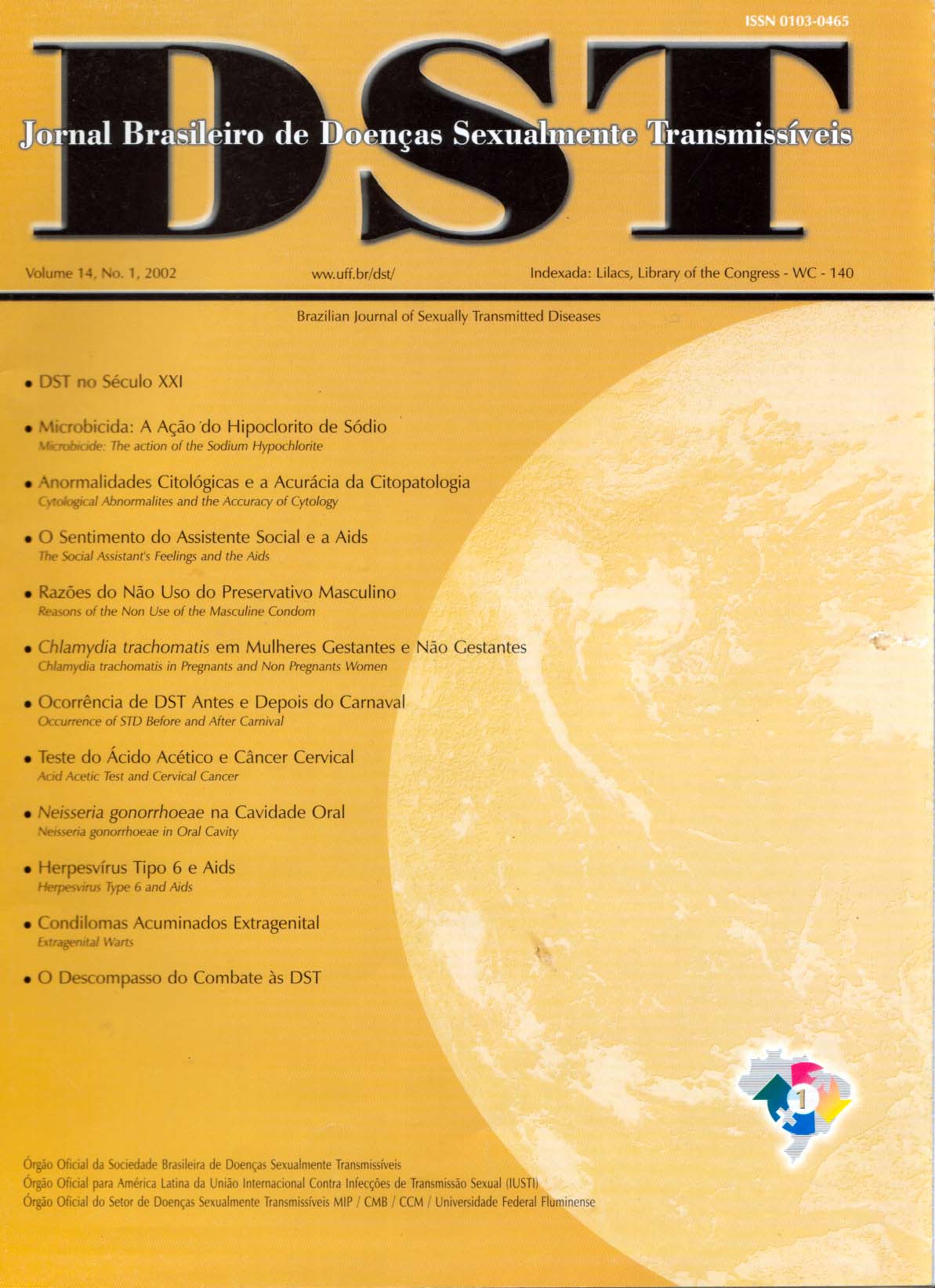Occurrence of sexually transmitted diseases before and after carnival in Rio de Janeiro
Keywords:
STD, Carnival, EpidemiologyAbstract
Introduction: Carnival-like feasts have been celebrated by many peoples throughout the ages - amongst biblical Hebrews, as greek and roman festivities and in the Middle Ages. These manifestations are seen until today as having "sinful" and sexually liberating aspects, and they do preserve their pagan spirit, being irreverent and displaying contagious joyfulness. It is held as common sense that a feast-prone spirit exposes the population to higher risks of contracting sexually transmitted diseases and/or Aids. Objetive: To establish if there exists a relationship between Rio de Janeiro’s Carnival and a possible increase in the frequency of STD/Aids. seen as an increase in the number of cases diagnosed at an established local STD health center. Metodology: A retrospective study analysing data from 2(XX) medical records of patients who came to the STD Sector of lhe Fluminense Federal University in the period comprising 30 days before and 30 days after Carnival, in the years 1994, 95. 96. 97 and 98. From these 2(XX) records. 1005 were selected, as they represented first visit patients who were diagnosed clinically or laboratorially as having an STD or a genital infection of possible sexual cause. Data as sex. age and place of origin for these patients were collected. Frequencies for the presenting diseases were determined to allow a comparison between the periods before and after Carnival. The results were analysed by means of the non-parametric chi-square test (x 2). Results: Of 1005 selected records. 52% corresponded to the period of 30 days before Carnival, and 48% to the 30 days after Carnival. 64% of the patients were female. Most patients (42%) resided in the Niterói district, where the University is located: many came from the neighbouring São Gonçalo district (34%). Patients from other locations, when these were grouped, constituted nevertheless a bigger group. The most frequent diagnosis were: ccrvicocolpitis (25%). condiloma acuminatum (22%). bacterial vaginosis (14%) and syphilis (12%). Conclusion: There were no statistically significant differences in the frequency of STDs diagnosed at the STD Sector of the Fluminense Federal University between the pre- and post Carnival periods.












